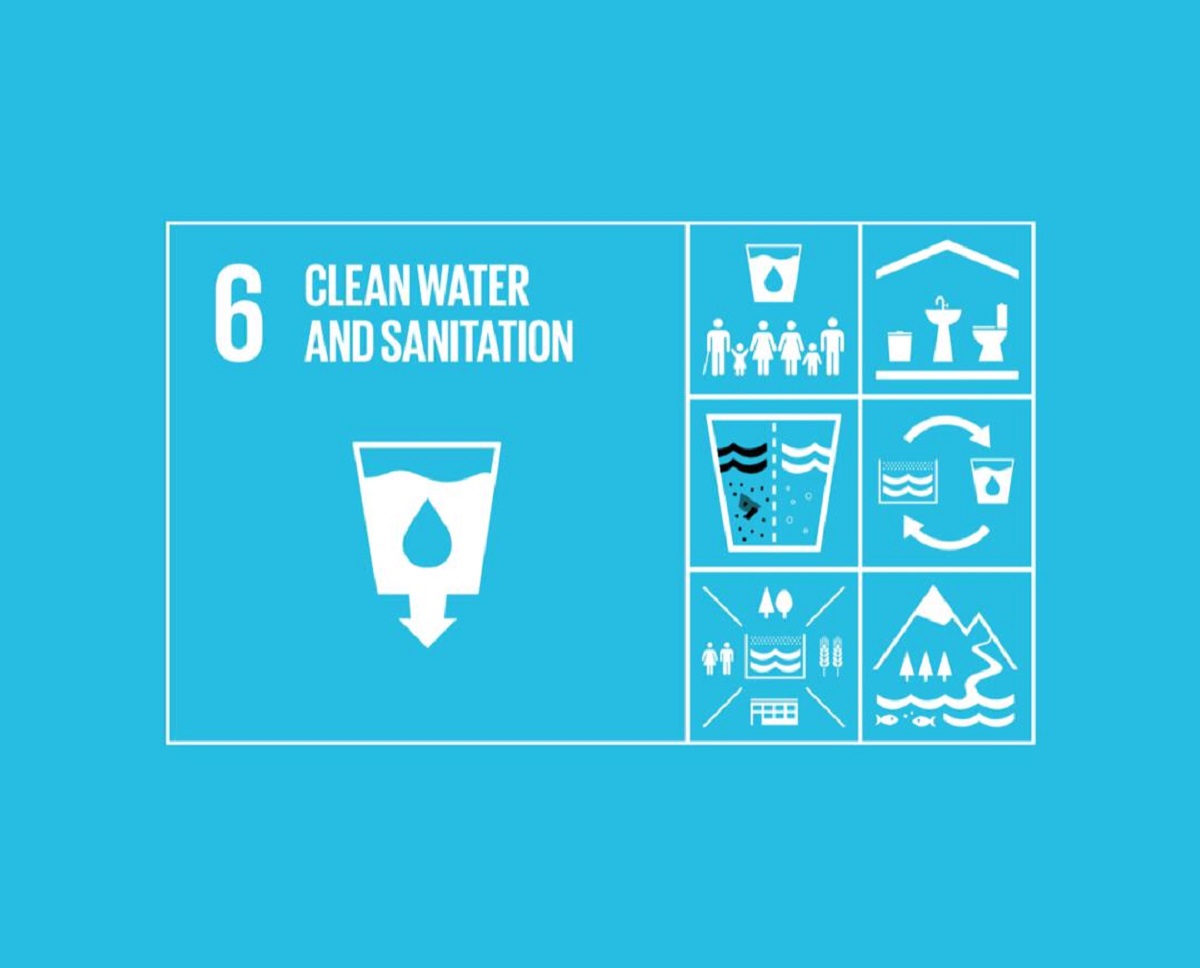
“Thousands have lived without love, not one without water.” – H. Auden
Water and sanitation are at the very core of sustainable development, critical to the survival of people and the planet. Goal 6 not only addresses the issues relating to drinking water, sanitation and hygiene, but also the quality and sustainability of water resources worldwide.
Interesting Facts To Note
844 million people still lacked even basic drinking water.
4.9 billion people globally used an improved sanitation facility; 2.4 billion did not. Among those lacking adequate sanitation were 946 million people without any facilities at all, who continued to practise open defecation.
80 percent of waste water goes into waterways without adequate treatment.
The world has lost 70 percent of its natural wetlands over the last century.

Progress Made So Far
Globally, the proportion of the population using safely managed drinking water services increased from 61 to 71 percent between 2000 and 2015 and remained unchanged in 2017. An additional 19 percent of the global population used basic drinking water services.
In 2015, 68 percent of the global population was using improved sanitation facilities compared to 59 percent in 2000.
Whilst, 2.9 billion people experienced safe sanitation in 2015,
80 percent of countries have laid the foundations for integrated water resources management.
2.1 billion people have improved water sanitation since 1990
MTW’s Involvement In Achieving Goal 6
The Get Global Programme has scheduled for its Goal 6 session insightful activities that equip the youth with Global Citizenship skills like personal responsibility, teamwork and coordination.
The objectives of this session are to share knowledge of how they can create a small difference in their community, teach them ways to work together to take pride for their school grounds/community and also engage students in hands-on learning.
Through activities like Numbers and Things, Clean Clean Dirty, Project: StreetsmART, Frisbee Knockout and a Passport Exercise, more youths are becoming aware of where their trash goes and its consequences on the environment. Case Studies are carried where students share ideas on how to make it better in their community.
State of Goal 6 During COVID19
Availability and access to water, sanitation and hygiene (WASH) services is fundamental to fighting the virus and preserving the health and well-being of millions. COVID-19 will not be stopped without access to safe water for people living in vulnerability, UN experts said.
The impacts of COVID-19 could be considerably higher on the urban poor living in slums, who don’t have access to clean water. UN-Habitat is working with partners to facilitate access to running water and handwashing in informal settlements.
What Must Be Done To Achieve Goal 6
Safe and affordable drinking water for all by 2030 requires we invest in adequate infrastructure, provide sanitation facilities, and encourage hygiene. Protecting and restoring water-related ecosystems is essential.
More funding and support should be made readily accessible to NGOs in order to reach more girls and boys with basic water, sanitation and hygiene facilities, especially those children who are cut off from safe water because they live in remote areas, or in places where water is untreated or polluted, or because they are without a home, living in a slum or on the street.
Individuals can join or volunteer with organizations like MTW to help in creating awareness and promoting easily communicated contents.
In conclusion
To ensure clean water and sanitation for all, we all have to take action. Through strategic partnerships coupled with focused efforts, governments, corporations and individuals, I strongly believe this issue would become a thing of the past.
Reference links:
https://www.statistics.gr/en/sdg6
https://sdg-tracker.org/water-and-sanitation
https://www.un.org/sustainabledevelopment/water-and-sanitation




